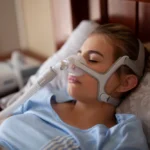It is well known that sleep and pregnancy don’t have the best relationship: most pregnant women report at least some disturbances regarding their sleep. For example, women tend to get more sleep during the first trimester but tend to experience a significant decrease in sleep in the second and third trimesters. It has also been reported that at least 50% of women suffer from insomnia during pregnancy. While a slight change in sleep can be considered normal, sometimes issues develop during pregnancy that can be quite serious. One of these issues is Obstructive Sleep Apnea during pregnancy.
What is Obstructive Sleep Apnea?
Obstructive Sleep Apnea (OSA, for short) is a sleep disorder that causes your breathing to stop and start repeatedly throughout the night. This occurs due to the throat relaxing and collapsing on itself, cutting off your airway. Your body is forced to temporarily wake up as a result of this in order to be able to breathe again. These pauses in breath, called apneas, can occur anywhere from 5 to 100 times per hour, depending on the severity of the OSA. Each pause in breath can last for around 10 seconds.
Importantly, these apneic episodes when you stop breathing often go under the radar. Often, they happen too quickly for your conscious mind to register the disturbance. You go on believing that you just had a normal, restful night of sleep. This makes Obstructive Sleep Apnea extremely hard to catch. It is estimated that around 80% of people suffering from this disorder remain undiagnosed.
How do I tell if I have Sleep Apnea?
One telltale sign of sleep apnea is loud snoring. Do you ever wake up to a choking or gasping sound? Does your bed partner say you snore? If so, you might be suffering from sleep apnea.
Another common sign is excessive daytime sleepiness (EDS). Are you sleeping 6-8 hours a day, but still feel extremely tired? Sleep Apnea could be to blame. Even if you think you are getting a good night’s sleep, you could be waking up over 30 times an hour without realizing it, which certainly doesn’t make for regenerative, restorative sleep.
Other common side-effects of Sleep Apnea include waking up with a headache or a dry mouth.
Okay, I get what Sleep Apnea is. Now what does it have to do with pregnancy?
Sleep is an essential component of prenatal care. So, let’s dive into what could be preventing you from achieving a good night’s sleep.
Obstructive Sleep Apnea is relatively common among pregnant women. According to one study published in Thorax, prevalence estimates range from 10.5% of women in the first trimester to 26.7% in the third trimester. It is usually estimated that around 1 in 5 pregnant women suffer from Sleep Apnea.
Sleep Apnea is not a joke: pregnancy-related sleep apnea is associated with a number of adverse consequences like preeclampsia, gestational diabetes, and unplanned cesarean sections. Preeclampsia and gestational diabetes have been shown to increase future risk of cardiovascular disease and type II diabetes in women.
In addition, Sleep Apnea during pregnancy lowers your blood oxygen levels due to the fact that it inhibits your breathing throughout the night. This can be very dangerous as it impedes oxygen flow to the fetus. One study found that the newborns of mothers with OSA were more likely to require care in the neonatal intensive care unit, most often for breathing problems.
Can pregnancy itself cause OSA?
There are likely two distinct types of pregnant women with Obstructive Sleep Apnea: women with preexisting OSA who become pregnant and women who develop OSA due to weight gain and/or airway changes related to pregnancy. Weight gain is a significant contributor to Sleep Apnea. As weight builds up around the neck area, it can put pressure on your airway, making the throat more conducive to collapse. Women who are overweight or obese are much more likely to suffer from sleep apnea.
How do I treat my Sleep Apnea?
Mild to moderate Sleep Apnea can be successfully treated with lifestyle changes about 50% of the time. Maintaining a healthy weight is one of the most effective treatments for OSA for the reason previously discussed. In addition to maintaining a healthy weight, positional therapy can also be effective for treating Obstructive Sleep Apnea. Try to avoid sleeping on your back, as this position makes it easier for the tongue and soft palate to block the airway. Changing a sleeping position can be difficult for some. To make it easier, try attaching a tennis ball in a sock to the back of your pajamas with a safety pin. This can help prevent rolling over to the back.
But for more significant sleep apnea—characterized by many apnea episodes per hour—these methods often will not work by themselves. They may require the use of a CPAP machine or other definitive treatment. CPAP stands for continuous positive airway pressure. These machines use mild air pressure to keep your airway open as you sleep. While CPAPs can sometimes be uncomfortable at first, they usually offer patients immediate results. Patients finally feel well rested after a couple of days using a CPAP machine.
What should I do if I think I have Obstructive Sleep Apnea?
If you think you may have OSA, you should contact a sleep doctor. Or better yet, download Ognomy—The Sleep Apnea App to connect with a board-certified sleep specialist. Ognomy is essentially a sleep apnea doctor’s practice in the palm of your hand, where we diagnose and treat sleep apnea all from the comfort of your home. This is especially important if you are pregnant. If left untreated, Obstructive Sleep Apnea can have devastating effects for both mother and baby.
Fortunately, it has never been easier to receive the sleep medicine care that you deserve. All you have to do is download the app and you will be on your way to a better night’s sleep and, most importantly, a better way of life for you and your family.












